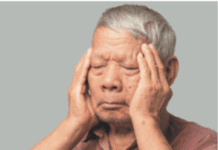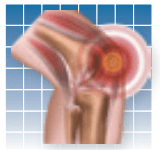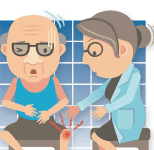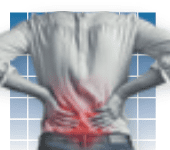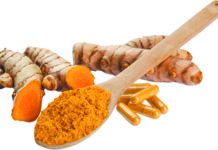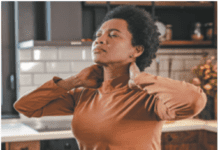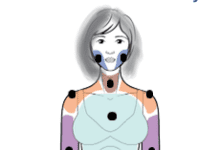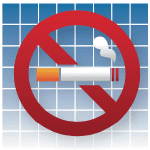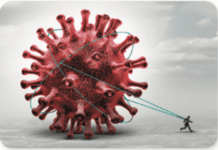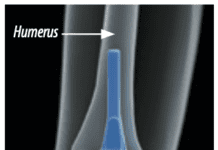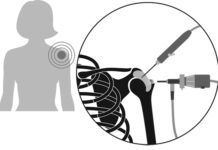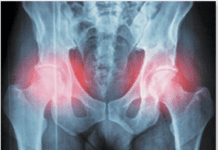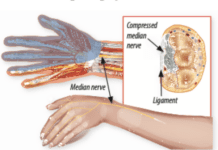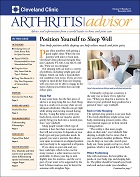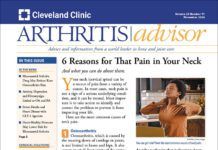Q: I have pain in the hinge of my right jaw when chewing or yawning. My dentist says it may be osteoarthritis of the jaw. Is this possible? How can I treat this?
A: Osteoarthritis in the temporomandibular joint (TMJ) is one possible cause of jaw pain. These joints connect the lower jaw to the bones of the skull, allowing you to open and close your mouth and move your jaw from side to side. Many people develop TMJ disorders because of habitual grinding and clenching the teeth, excessive gum chewing, fingernail biting and cheek chewing. Like other joints in the body, the TMJs can also develop osteoarthritis, which is the wearing down of the cushioning cartilage covering the ends of bones in joints. Arthritis may develop after an injury to the jaw or from mechanical forces over time from grinding and clenching teeth. Genetics and aging may also play a role. Joint and muscle changes from osteoarthritis can alter the bite, which in turn puts more force on the joint, exacerbating the problem.




